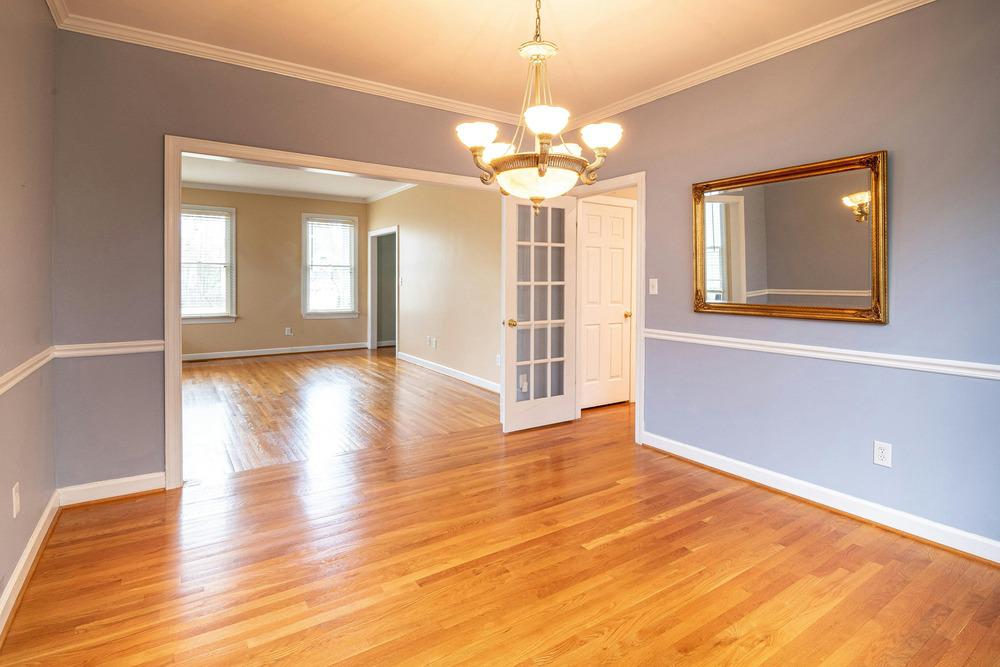Your home's siding is more than just an aesthetic feature—it's a critical protective barrier against the elements. Over time, wear and tear can compromise its integrity, leading to potential structural damage and higher energy bills. But how do you know when it's time for a replacement? Below, we'll explore the key signs that indicate your siding needs an upgrade, backed by statistics and clear comparisons.

1. Visible Cracks, Warping, or Rot
One of the most obvious signs that your siding needs replacing is visible damage. Small cracks may seem harmless, but they can allow moisture to seep in, leading to mold, mildew, and even structural rot. According to a 2023 National Association of Home Builders (NAHB) report, 68% of homeowners who replaced their siding did so due to moisture-related damage.
🔍 What to Look For:
- Cracks or splits (especially in vinyl or wood siding)
- Warping or buckling (indicating water damage beneath)
- Soft or spongy areas (a sign of rot in wood siding)
📊 Comparison: Common Siding Materials and Their Lifespans
| Material | Average Lifespan | Susceptibility to Moisture | Maintenance Level |
|---|---|---|---|
| Vinyl | 20-40 years | Low 🟢 | Low 🟢 |
| Wood | 15-30 years | High 🔴 | High 🔴 |
| Fiber Cement | 30-50 years | Medium 🟡 | Medium 🟡 |
| Aluminum | 20-40 years | Medium 🟡 | Low 🟢 |
If your siding is nearing the end of its lifespan or showing significant wear, replacement may be the best option.
2. Rising Energy Bills
Did your heating or cooling costs suddenly spike? 🚀 Poor siding insulation could be the culprit. The U.S. Department of Energy estimates that up to 30% of a home's energy loss occurs through walls with inadequate siding or insulation.
💡 Key Indicators:
- Higher-than-usual utility bills (without changes in usage)
- Uneven indoor temperatures (some rooms feel drafty)
- Cold spots near walls (suggesting insulation failure)
Modern siding materials, such as insulated vinyl or fiber cement, offer better thermal resistance, helping you save on energy costs in the long run.
3. Frequent Painting or Fading Color
If you find yourself repainting your home's exterior every few years, it may be time for a siding upgrade. Constant repainting is not only costly but also a sign that your siding is deteriorating.
🎨 Fading & Peeling Paint Statistics:
- 90% of homeowners repaint wood siding every 5-7 years (NAHB).
- Vinyl siding retains color for 10-20 years without repainting.
📊 Paint Longevity Across Siding Types
| Siding Type | Years Between Repaints | Fade Resistance |
|---|---|---|
| Wood | 5-7 years 🔴 | Low 🔴 |
| Vinyl | Never* 🟢 | High 🟢 |
| Fiber Cement | 10-15 years 🟡 | Medium 🟡 |
| Aluminum | 8-12 years 🟡 | Medium 🟡 |
*Vinyl siding doesn't require painting, but some homeowners choose to repaint for aesthetic reasons.
If your siding is losing its vibrancy or requiring constant touch-ups, consider switching to a low-maintenance alternative.
4. Mold, Mildew, or Fungus Growth
Mold and mildew aren't just unsightly—they can pose serious health risks. If you notice green, black, or white patches on your siding, moisture is likely trapped underneath.
⚠️ Health & Structural Risks:
- Respiratory issues (mold spores can aggravate allergies)
- Wood rot (compromising structural integrity)
- Decreased curb appeal (affecting resale value)
A 2022 study by the EPA found that 45% of homes with siding issues had mold problems, with wood siding being the most vulnerable.
5. Bubbling or Blistering Siding
Bubbles or blisters under your siding indicate trapped moisture, which can lead to:
- Peeling paint 🎨
- Wood rot 🪵
- Insect infestations 🐜
If more than 10-15% of your siding shows these issues, replacement is often more cost-effective than repairs.
6. Loose or Missing Panels
Strong winds, storms, or age can cause siding panels to loosen or fall off. Missing sections expose your home to:
- Water damage 💧
- Pest entry points 🐀
- Reduced insulation efficiency ❄️🔥
According to Insurance industry data, 25% of siding-related insurance claims are due to storm damage.
Final Thoughts: When to Act
Replacing your siding is a major investment, but delaying it can lead to higher repair costs, energy inefficiency, and structural damage. If you notice multiple warning signs, consult a professional for an inspection.
📌 Quick Checklist:
✅ Cracks, warping, or rot
✅ Spiking energy bills
✅ Frequent repainting
✅ Mold or mildew growth
✅ Bubbling or loose panels
Upgrading your siding not only protects your home but also boosts curb appeal and property value—making it a smart long-term investment. 🏡💡
Would you like recommendations on the best siding materials for your climate? Let us know in the comments! 👇




